Leaderboard
-
in Models
- All areas
- Videos
- Video Comments
- Video Reviews
- Marker
- Books
- Bookshelves
- Events
- Event Comments
- Event Reviews
- Images
- Image Comments
- Albums
- Album Comments
- Blog Entries
- Blog Comments
- Topics
- Posts
- Articles
- Article Comments
- Wheels
- Wheel Comments
- Colors
- Steering wheels
- Steering wheel Comments
- Years
- Year Comments
- Models
- Model Comments
- Vehicles
- Vehicle Comments
- Vendors
- Vendor Reviews
- Books
- Book Reviews
- Articles
- Article Comments
- Status Updates
- Status Replies
-
Year
-
All time
April 24 2013 - May 13 2024
-
Year
May 13 2023 - May 13 2024
-
Month
April 13 2024 - May 13 2024
-
Week
May 6 2024 - May 13 2024
-
Today
May 13 2024
- Custom Date
-
All time
Popular Content
Showing content with the highest reputation since 05/13/2023 in Models
-
BMW 1800TiSA is rightfully considered BMW's first ///M car, a homologation special that won big-time endurance and other races across Europe and in the United States. BMW 2000ti in the hands of Hubert Hahne was the first production sedan to break the 10-minute barrier on the Nurburgring. NKs battled it out with pony cars at U.S.-based Trans Am races, and with Alfas, Cortinas, Saabs, Volvos and even Porsche 911s in Europe and the US. In December of 1964, BMW filed homologation papers with FIA for the 1800TiSA and began building the factory race cars. The "Turismo Internationale SonderAusfuhrung” was sold mainly to competition drivers. BMW planned to build 500 TiSAs but only produced 200, according to official records. In the TiSA, The M10 got another compression bump, to 10.5:1, the highest compression ratio of all production M10 engines, a 300° cam with stiffer valve springs for the street and a 324° optional race cam. Top that off with a pair of Weber 45 DCOEs, the only BMW to come from the factory equipped with Webers. The package was rated at 130 bhp but was capable of 165 bhp in race tune with the race camshaft.. This power was fed through a ZF five-speed "longtail" gearbox with “Porsche baulk synchromesh” on all forward gears. A 75% limited-slip differential was optional. The front brakes were larger than the standard 1800TI, with larger wheel cylinders in the 250mm rear drums to match. The TiSAs also got Koni dampers, firmer springs, and larger anti-sway bars, 19mm and 17 mm front and rear. A wood-rimmed Walsall steering wheel controlled the quick ratio steering box. To contain the driver and front passenger, BMW used Restall racing bucket seats. The cars could do an honest top speed of 110-plus mph. The factory manual includes this preface: “Dear BMW Owner: In line with our tradition of building motor-cars with outstanding performance and characteristics, we have now developed the BMW 1800 Ti Special Version I. “In selecting this model, you have demonstrated that — for you — a motor-car is far more than a utilitarian “means of transportation”. You are now well equipped to enjoy all the pleasures of driving and for any motorsport competition held under fair conditions. “In conclusion, we wish you unlimited luck and success!” Factory information for TiSA owners includes fascinating recommendations for carburetor jetting when running without air filters, and for valve clearances just for racing. “Castrol racing oil” is recommended for competition, but standard HD motor oil for rally and road applications. The engine’s redline was 6,500, but BMW noted that “it is permissible to reach 7,000 rpm for a few seconds, e.g., when overtaking.” BMW offered to send owners drawings to enable the owners to build special performance exhaust components to be used only on “enclosed tracks.” There were factory suspension kits to lower the cars, too. In spite of all this encouragement to race, BMW also warned, “Our liability and responsibility within the scope of the warranty become void if the car is entered in competitions.” The interior sported UK-made Restall high-bolstered racing buckets with two-tone upholstery, a wood-rimmed steering wheel, and a tachometer staring the driver in the face from its perch atop the steering column. The TiSA rode on wide-for-the-day 14X5-inch wheels with Dunlop tires. The bodies were stamped of thinner steel then the other NK cars, making the TiSA the lightest NK of them all, at 1050 kg. Some BMW histories contend the 1800TiSA was offered in one color, German Racing Silver. But owners and sales documents state otherwise. TiSAs were available in Bristol, Chamonix, and Polaris Silver Metallic. Cost, 13,500 DM, or roughly $3,375 in 1966 dollars. A window sticker from a TiSA sold in the U.S. by a dealership in South Carolina, showed a total price of $4,631, including tax. For the sake of comparison, the base price on a Corvette was $4,295.1 point
-
Flush with BMW 1500 success and sales receipts, BMW almost immediately began turning up the wick on the Neue Klasse. The 1500 cc engine would eventually be retired in favor of a 1600 for the base NKs. BMW built 29,362 1600s before ending the model after 1966. But the big news was 1963's BMW 1800. The only visual changes to mark the 1800s were chrome rocker trim and the updated badges. The most significant changes were under the sheet metal. Key numbers: 84 mm X 80 mm. That was the increased bore and stroke of the 1800's M10. The slightly over-square design would become a BMW staple. Factory-rated 90 bhp pushed the car to a top speed of 100 mph. The cost was 9,985 DM. BMW 1800 got servo assist on the braking system to help deal with the added power. BMW offered as an option a ZF three-speed automatic transmission. BMW built 134,814 1800s from 1963 to 1966. Next came the factory hotrod 1800ti, first appearing in January of 1964 with a premium price tag of 10,980 DM. BMW sold 21,116 1800tis from 1964 to 1967, and one 1800ti was built in 1968.
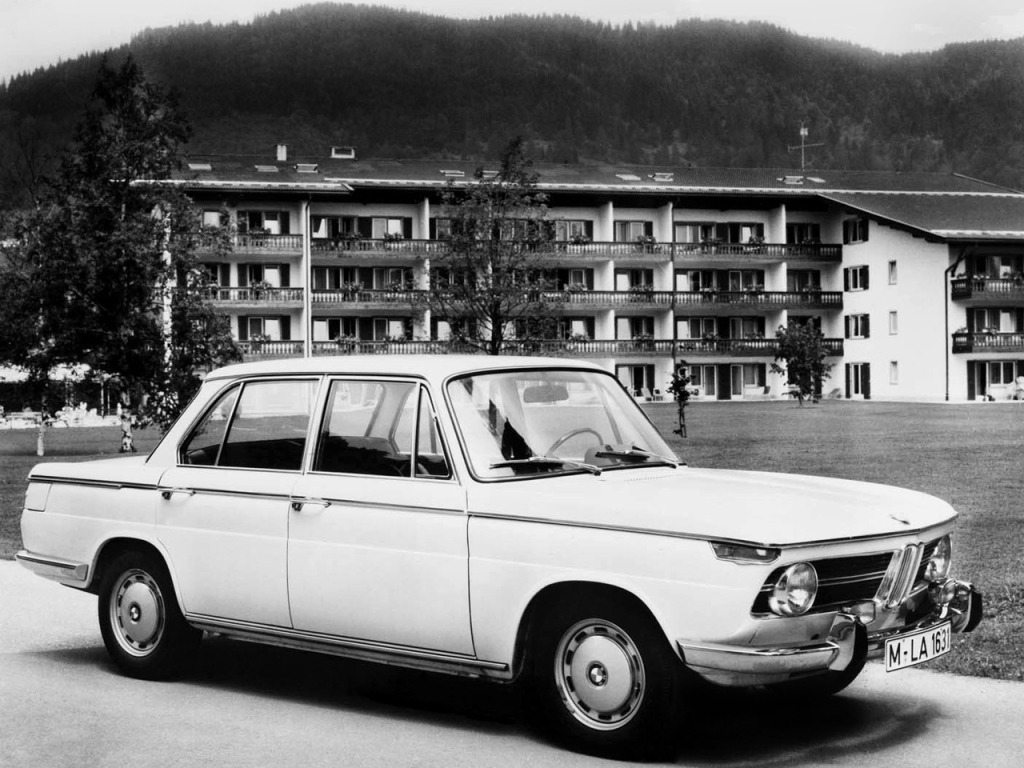
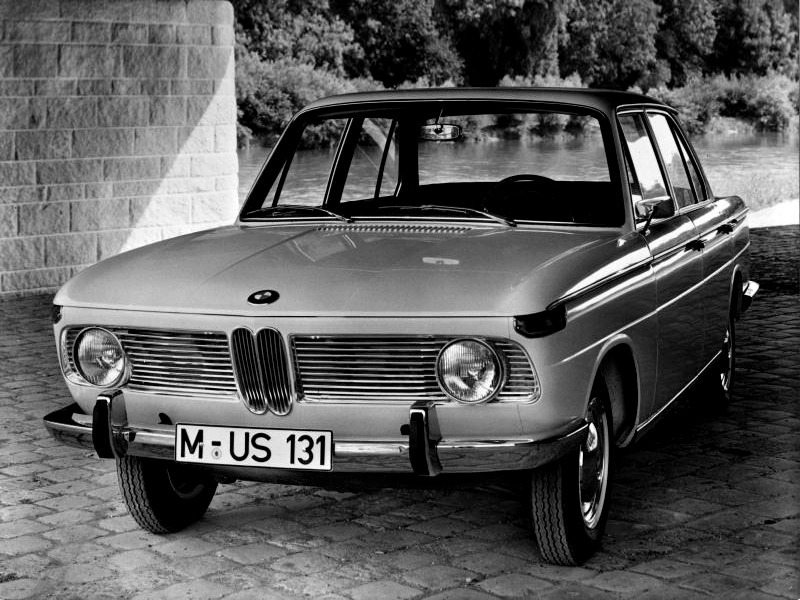
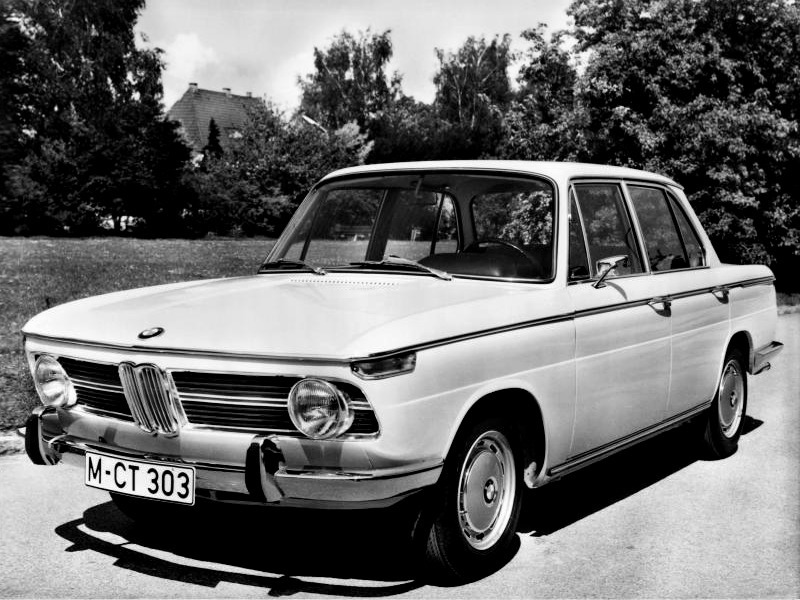
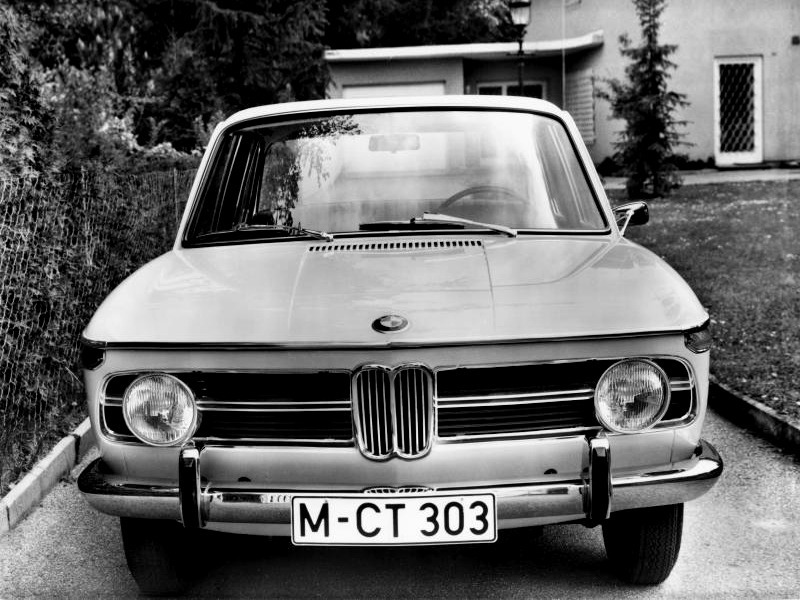
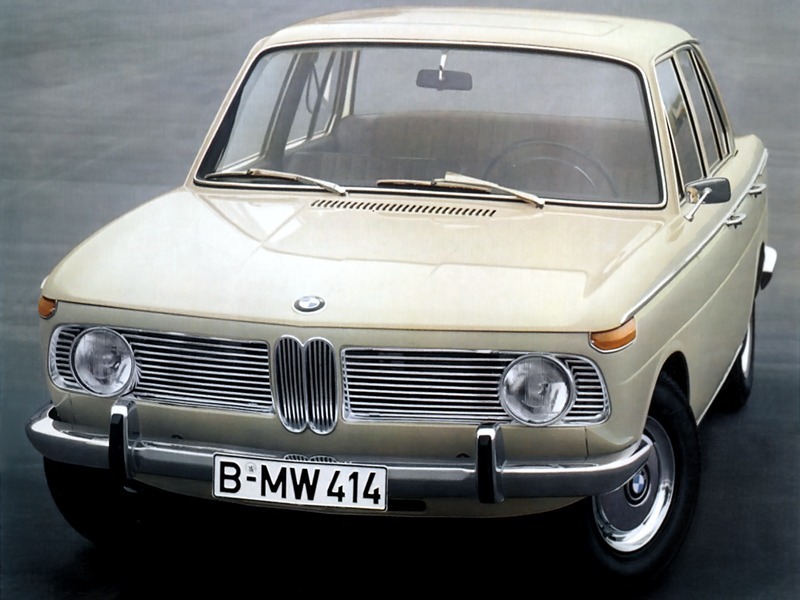
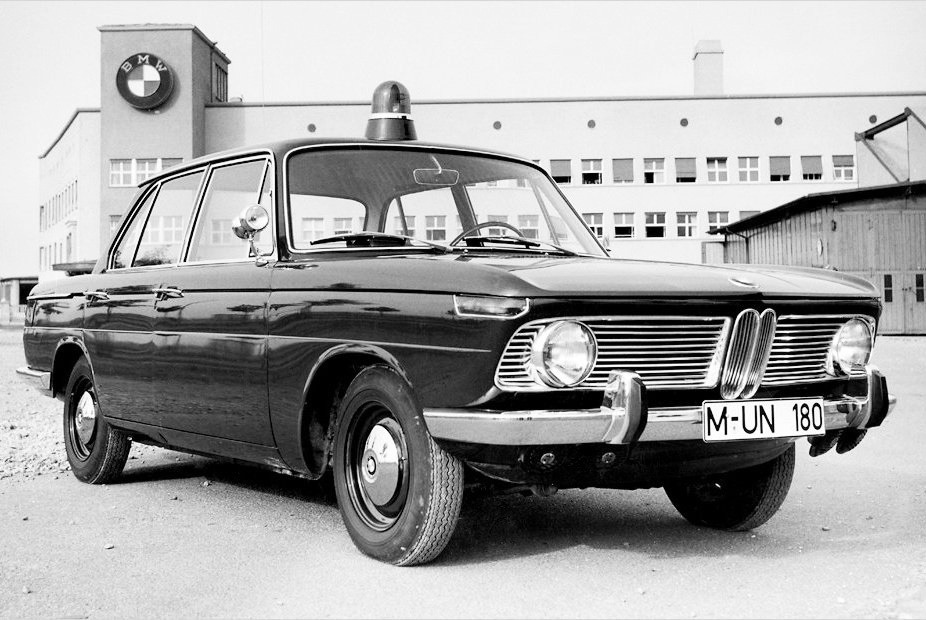
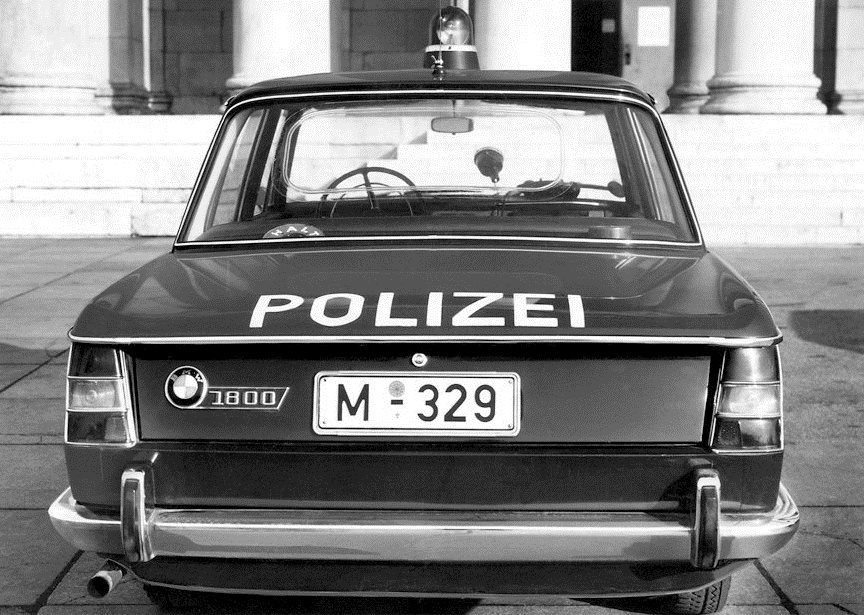
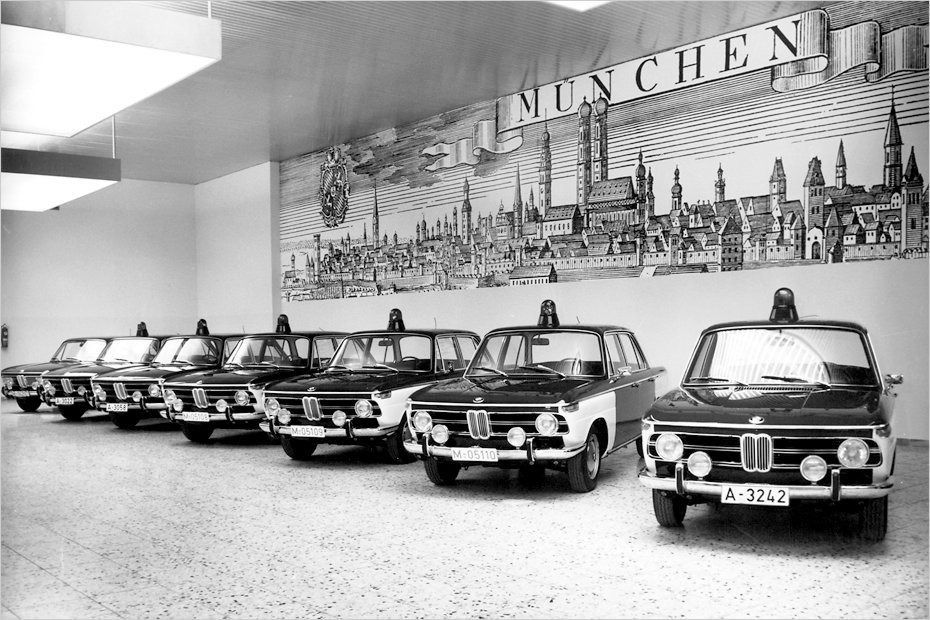

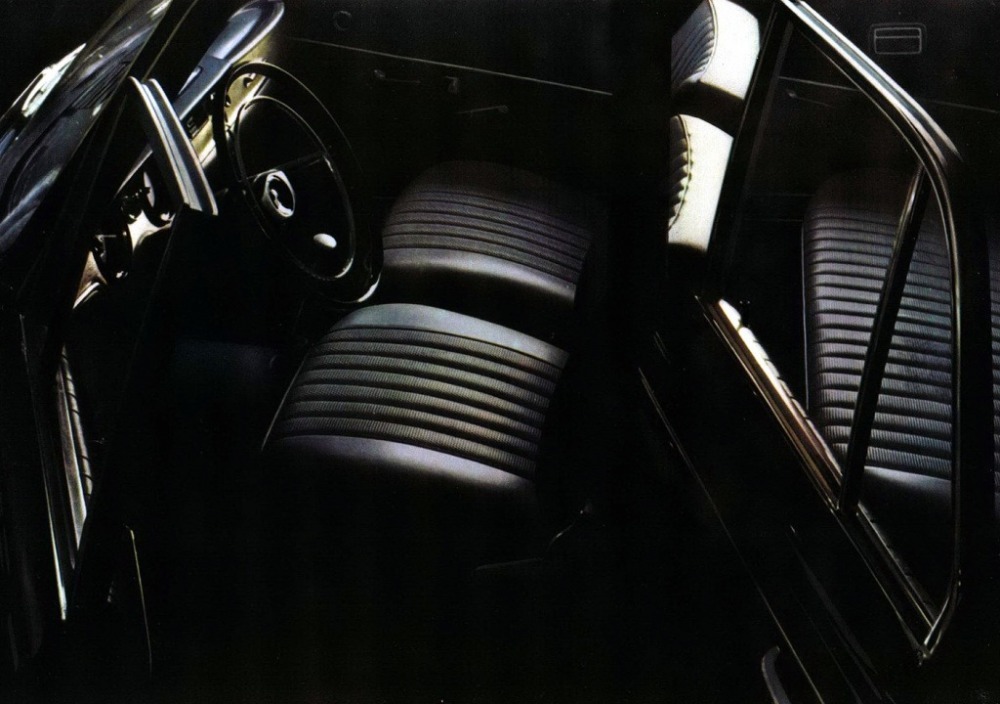
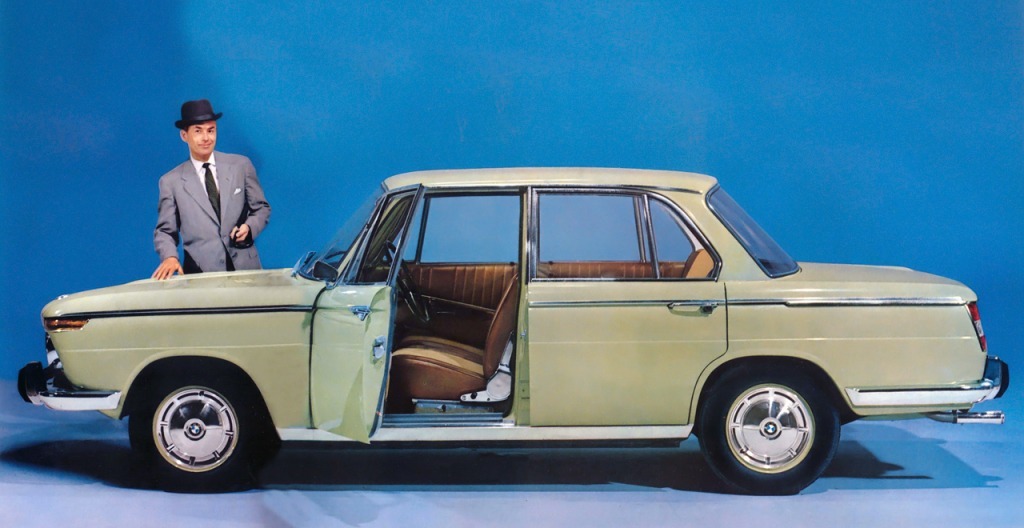 1 point
1 point -
1 point
-
1 point
-
Upcoming Events
-















.jpg.fdcc2c0226c2206a0cbb92c612481c94.jpg)
